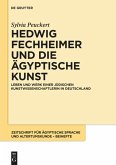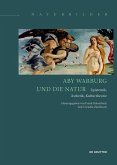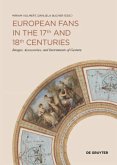Throughout Europe, the end of the 16th century saw an enormous output of images of Christian martyrdom. Images portraying the law and the behavior of tyrannical regimes in terms of the torment of the martyrs signaled the threats to their own legal system. For the first time, the images of martyrs and tyrants are presented as both religious figures and reflections of contemporary thinking about the law.
Ende des 16. Jahrhunderts ist in ganz Europa eine gewaltige Bildproduktion des christlichen Martyriums zu verzeichnen. Im Umkreis des Jesuitengenerals Claudio Acquaviva werden Kirchen und Kollegien mit grausamen Opfertoden ausgekleidet, die dann über Druckwerke weltweite Verbreitung finden. Jene Bilder, die das Gesetz, die Entscheidung und die Handlungen tyrannischer Regime als Folterqualen der Märtyrer visualisieren, warnen vor einer Bedrohung der eigenen Rechtsordnung. Die binäre Opposition von Gut und Böse ist nicht allein konfessionell oder politisch zu deuten, sondern als Verhandlung moralisch-juridischer Prinzipien. Die Bilder von Märtyrern und Tyrannen werden somit erstmals sowohl als Figuren der Theologie als auch des zeitgenössischen Rechtsgedankens evident.
Ende des 16. Jahrhunderts ist in ganz Europa eine gewaltige Bildproduktion des christlichen Martyriums zu verzeichnen. Im Umkreis des Jesuitengenerals Claudio Acquaviva werden Kirchen und Kollegien mit grausamen Opfertoden ausgekleidet, die dann über Druckwerke weltweite Verbreitung finden. Jene Bilder, die das Gesetz, die Entscheidung und die Handlungen tyrannischer Regime als Folterqualen der Märtyrer visualisieren, warnen vor einer Bedrohung der eigenen Rechtsordnung. Die binäre Opposition von Gut und Böse ist nicht allein konfessionell oder politisch zu deuten, sondern als Verhandlung moralisch-juridischer Prinzipien. Die Bilder von Märtyrern und Tyrannen werden somit erstmals sowohl als Figuren der Theologie als auch des zeitgenössischen Rechtsgedankens evident.








